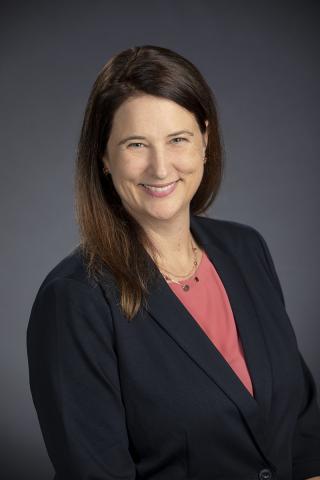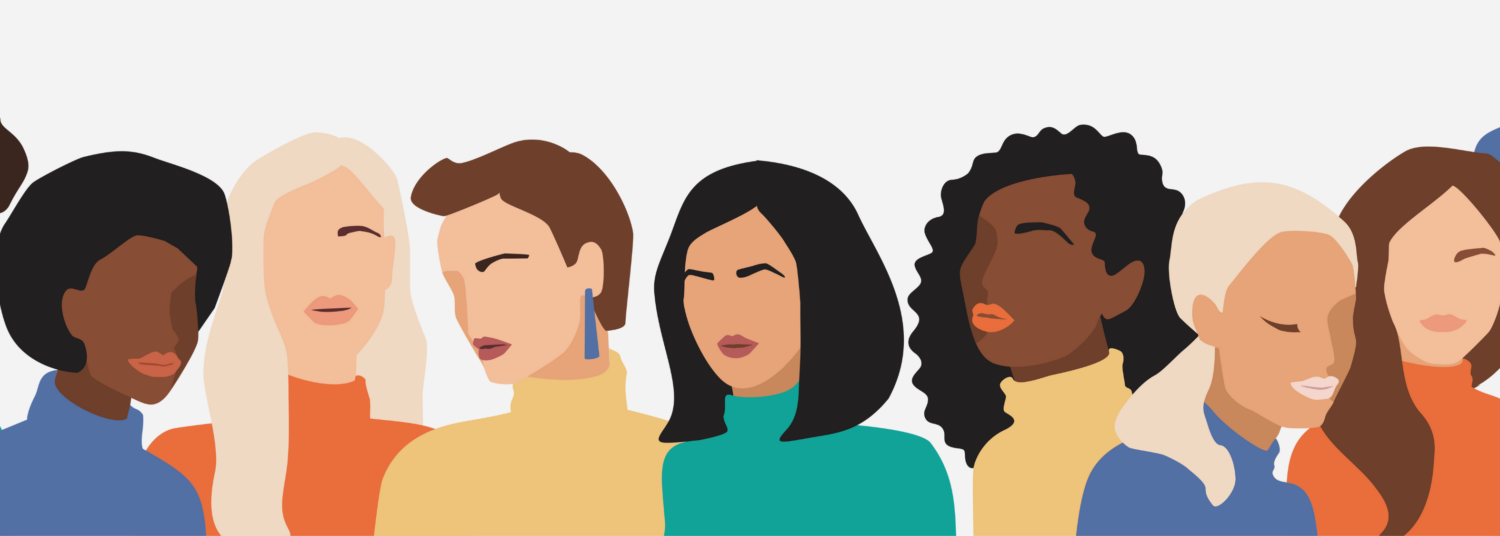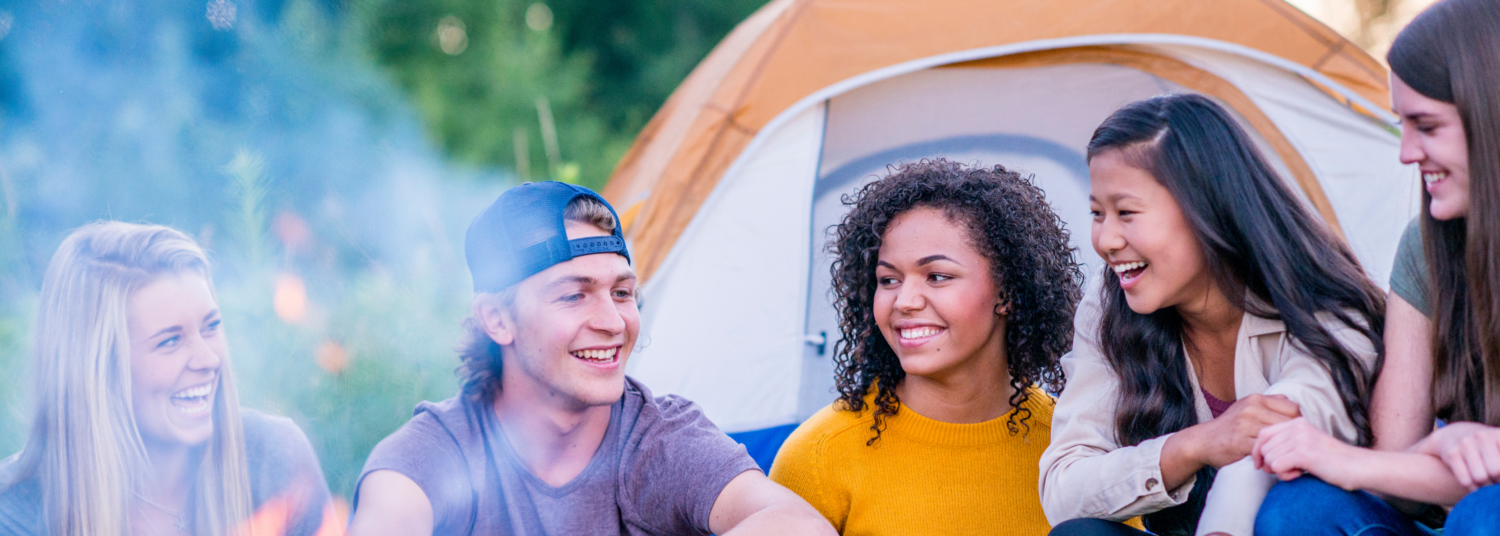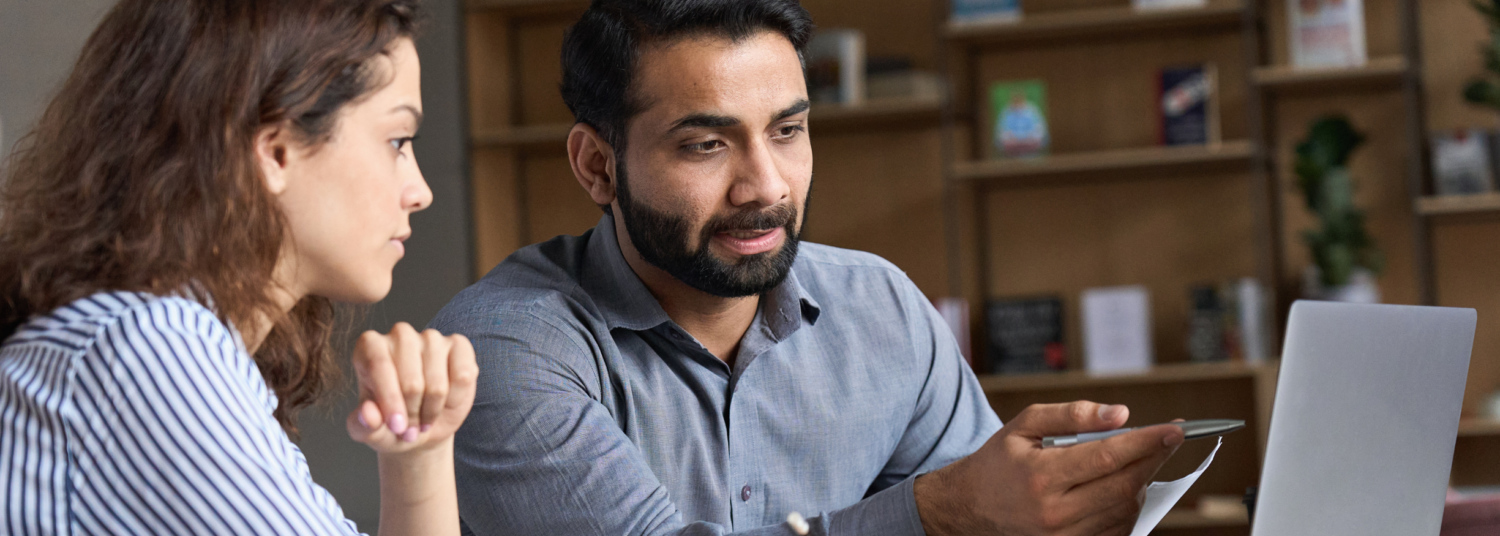Inside Higher Ed, the online source for higher education news and thought leadership for 3.2 million monthly readers, interviewed National Deaf Center Director Stephanie W. Cawthon, PhD, for a special Q&A about the challenges facing students with disabilities during the COVID-19 pandemic and how colleges can respond to those challenges.
In her answers, Dr. Cawthon addressed how access is more than accommodations for students who are deaf or have disabilities, the opportunity for long-term change, and the benefits of building learning environments and academic cultures that are fully accessible. Highlights include:
-
“It’s a good opportunity for institutions in general to think through, in a platform change, what are the access and accessibility questions that are embedded? The second thing to recognize is that there are many students with disabilities who don’t disclose and don’t go to a disabilities services office at the beginning of the year. They’ve figured out strategies for a face-to-face environment, but now that we’re online, those strategies may not work.”
-
“We are seeing some issues of isolation. Students with disabilities, they’re missing their peer networks. Those peer networks are often where you have what you think of as social capital.”
-
“I think [the pandemic] is providing us some better opportunities to think about how we become more flexible. In disabilities in education, we talk a lot about what we call universal design or accessible strategies. It’s not so much focused on the tools, which is where we most people right now…but it doesn’t think back to the design of the learning in the first place.”
-
“There are a number of factors that influence retention and enrollment for all students. One thing to remember is for students with disabilities, it compounds. It’s more expensive, often, to have a disability and to do the things that need to be done to function and navigate an able-bodied environment. What we tend to see is that navigating a university environment with a disability takes energy, it takes advocacy, and those things take away from energy that is available to do other things, including schoolwork.”
-
“What’s good in terms of access for people with disabilities is good for everyone. Captions on videos are good for everyone. The extent to which we can all become more familiar with and used to making sure that’s part of a video that you play in class, maybe that becomes more part of the culture — that we have a more accessible learning culture.”
-
“Within the National Deaf center, we define deaf in a very inclusive manner. We talk about deaf, we talk about deaf-blind, we talk about hard of hearing. The reason I mention that is one thing institutions can [do to succeed with students who have disabilities] is recognize that it’s very much a case-by-case basis. It’s not one size fits all. Advice No. 2 is to make sure public announcements are all accessible. Model that so your faculty can see that’s the institutional culture. The third thing I always come back to is this phrase: access is not just accommodations, it’s really a viewpoint.”
-
“I am certainly concerned about [budget cuts and] a reduction in services. Often those budgets are flat, often those budgets have not been responsive to the influx of students with disabilities on campus.”
Read the full Inside Higher Ed Q&A here.
Dr. Cawthon is among the coronavirus experts at the University of Texas at Austin. She has also been interviewed about accessibility in online education during the pandemic by National Public Radio and The Daily Texan.









